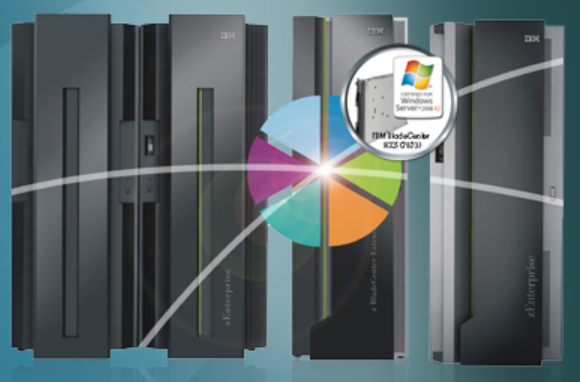IBM: Yes, our zEnterprise mainframe will do Windows

In what could be construed as one bizarre combination, IBM is planning to slap together its zEnterprise mainframe with Windows applications.

The underlying message from IBM is also notable. By positioning the mainframe as a megaserver it's essentially telling customers to dump those x86 servers for one tall box.
IBM has been pushing a more heterogeneous environment that melds its mainframes with distributed systems. The theory is that creative mixing and matching can cut costs. IBM's move also reflects data center realities: Unix, Linux and Microsoft Windows Server are all at play in most enterprise infrastructure. What's in it for IBM? IBM is looking to pitch its centralized approach over the server sprawl that can happen with distributed systems. Big Blue's message: You can consolidate infrastructure without ripping out the stack of stuff you already have.
The mainframe-Microsoft Windows concoction will be available for both z196 and z114 systems. In July 2010, IBM kicked off its hybrid approach by combining its mainframes and System x blades. That interoperability has carried throughout IBM's product line.
Today, IBM's zEnterprise System can run z/OS, Linux, IBM AIX, x86 Linux and Microsoft Windows on the same hardware.
In the big picture, IBM's mainframe and Windows combination highlights how it has been able to evolve it z systems, which have been targeted by rivals or proclaimed dead multiple times over the years.